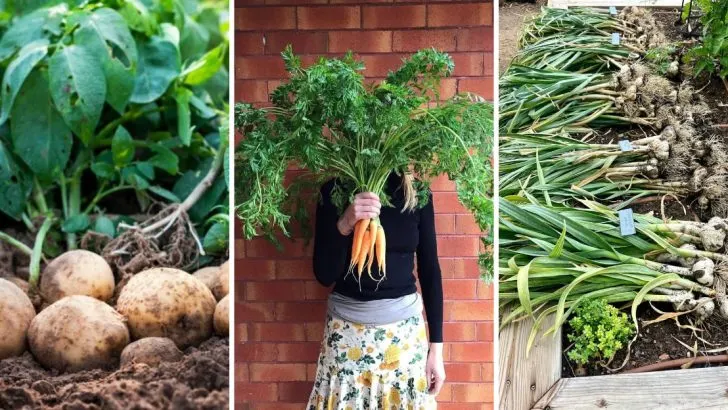Did you know you can turn your kitchen scraps into a thriving vegetable garden? With a little creativity and effort, leftovers from your everyday meals can sprout into fresh produce right in your own backyard or windowsill. Not only is it an eco-friendly way to reduce waste, but it’s also an incredibly satisfying way to grow your own food.
In this article, we’ll introduce you to 12 easy vegetables that you can regrow from leftovers.
Whether you’re a beginner gardener or looking for new ways to recycle your kitchen scraps, these plants are perfect for starting your garden without needing to spend a dime. Get ready to watch your leftovers transform into a whole new crop of delicious veggies!
Green Onions
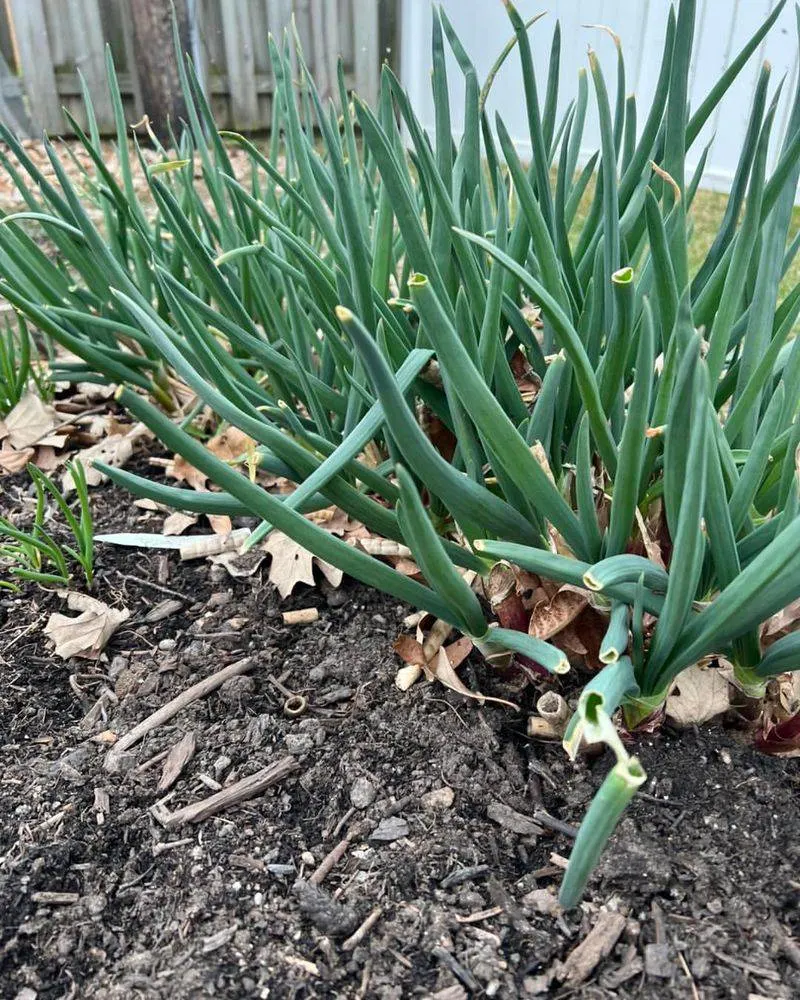
Place leftover roots of green onions in a glass with water, and watch them sprout in just a few days. This simple method doesn’t require any soil, making it perfect for those with limited space. Change the water every few days to keep it fresh. As the green onions grow, snip off what you need for cooking, and they’ll continue to regrow. This cycle can last for weeks, providing a constant supply of fresh green onions. It’s a sustainable and economical way to enjoy this versatile vegetable. Try adding them to salads, soups, or as a garnish.
Romaine Lettuce
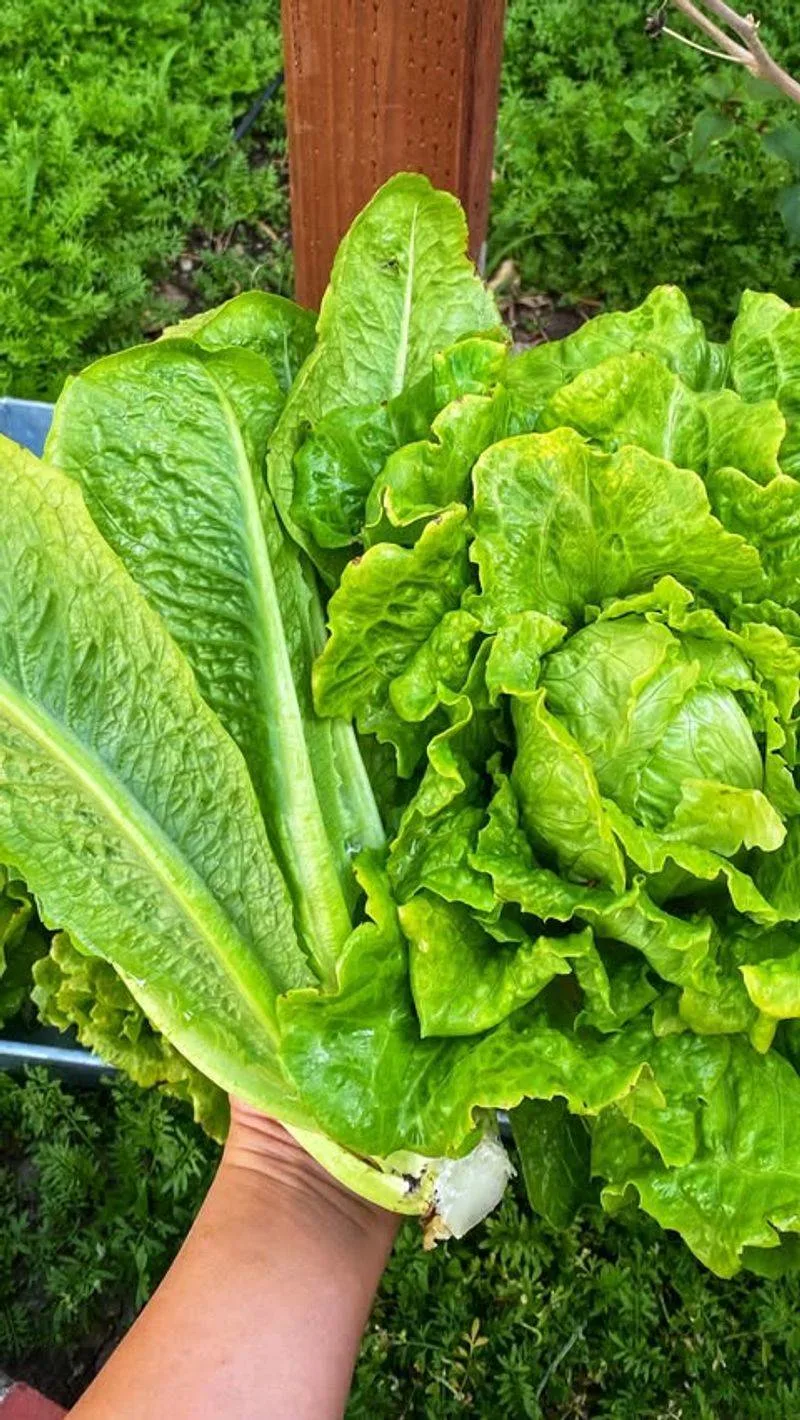
Save the stump of romaine lettuce, place it in a dish with water, and watch new leaves emerge. Position it in a sunny spot for optimal growth. Within a week, you’ll notice fresh, vibrant leaves ready to be harvested. Keep the water clean and change it every two days for best results. The leaves may not grow as large as the original, but they’re perfect for small salads and sandwiches. With minimal effort, you’ll have a continuous supply of romaine lettuce. This method is not only rewarding but also reduces kitchen waste.
Carrot Tops
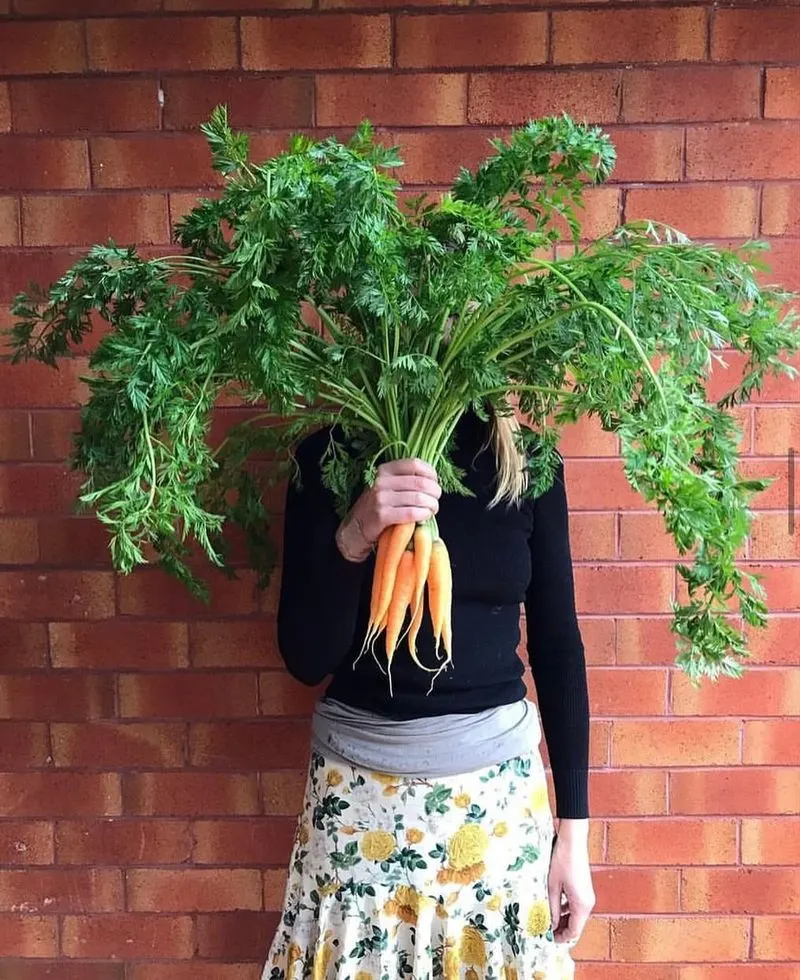
The tops of carrots can regrow easily in water, producing fresh greens. Place the carrot tops cut-side down in a shallow dish of water. Within a week, small green shoots will appear. These greens are edible and can be used in salads or as a garnish. They have a slightly bitter taste, adding a unique flavor to dishes. Keep the dish in a sunny spot, and don’t forget to change the water regularly. This is a fun way to make use of the whole carrot, turning what’s usually discarded into something delicious and nutritious.
Celery
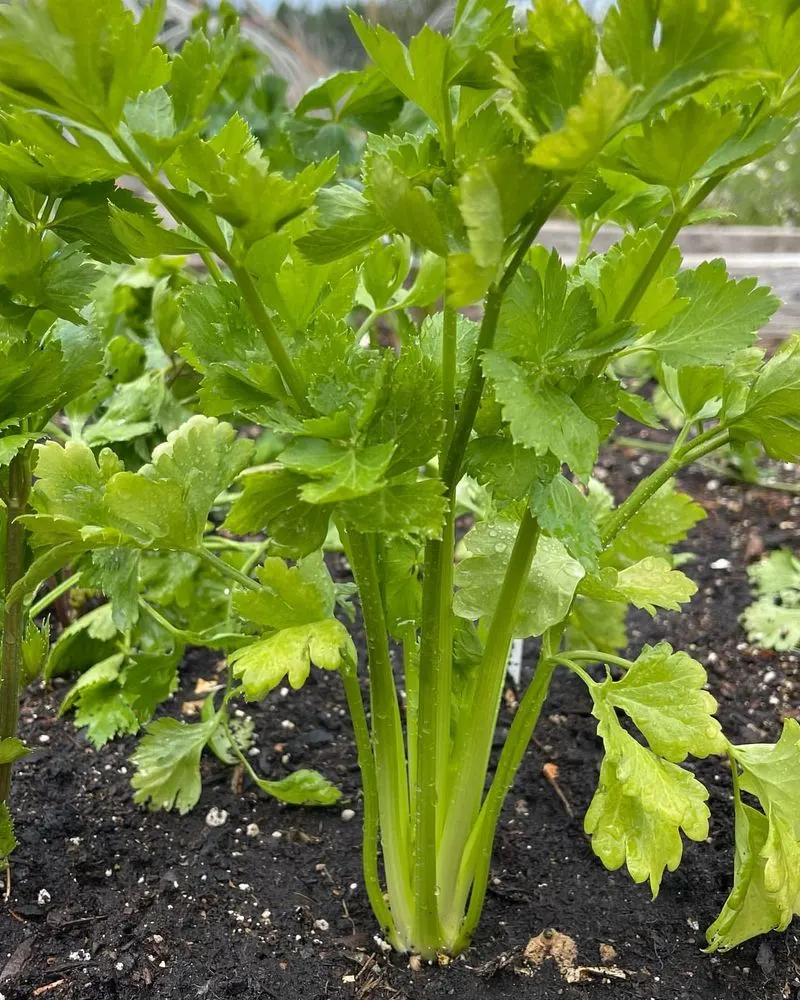
When you finish a stalk of celery, save the base and place it in water. In a few days, new greens will start to sprout from the center. This regrowth process is fascinating to observe and easy to manage. Keep the water fresh and place the bowl in sunlight for the best results. The new stalks won’t grow as large as the original, but they’re perfect for adding to soups and salads. This is a great way to recycle kitchen scraps, making the most out of your groceries and minimizing waste.
Basil
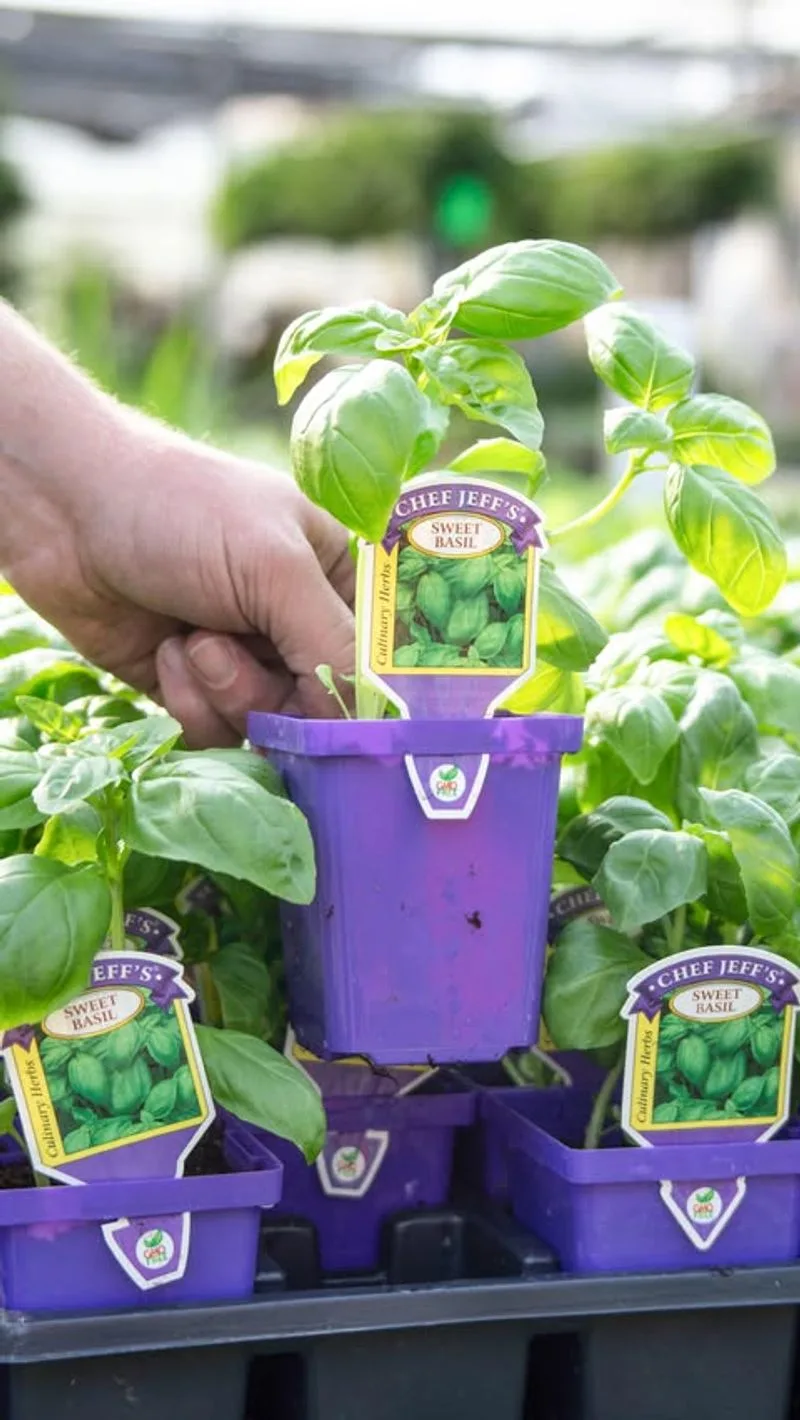
Basil can be regrown from cuttings by placing stems in water until roots develop. Choose healthy stems and submerge them halfway in a glass of water. Position the glass on a sunny windowsill. After a week or two, roots will appear, ready to be planted in soil. This method ensures a continuous supply of fresh basil for cooking. It’s a convenient way to enjoy homegrown herbs without the need for seeds. Regularly change the water to keep it clean and promote healthy growth. Fresh basil enhances the flavor of many dishes, from Italian to Thai cuisine.
Garlic Sprouts
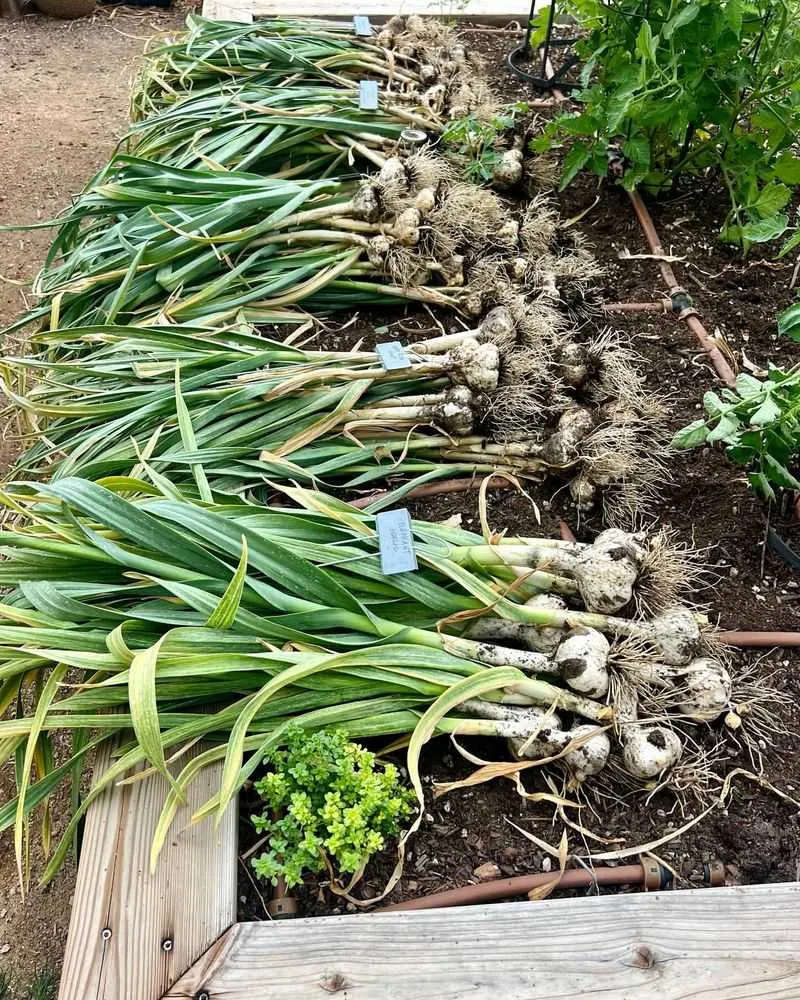
Garlic cloves can sprout into fresh greens, adding zing to your dishes. Place garlic cloves in a small pot with soil, leaving the tops exposed. Water them lightly and wait for the green shoots to appear. These sprouts are not only edible but also packed with flavor. Use them as a garnish or mix them into salads for a burst of garlic taste. Growing garlic indoors is easy and rewarding, offering a quick and simple way to utilize leftover cloves. Enjoy the fresh, sharp flavor in your culinary creations.
Potatoes
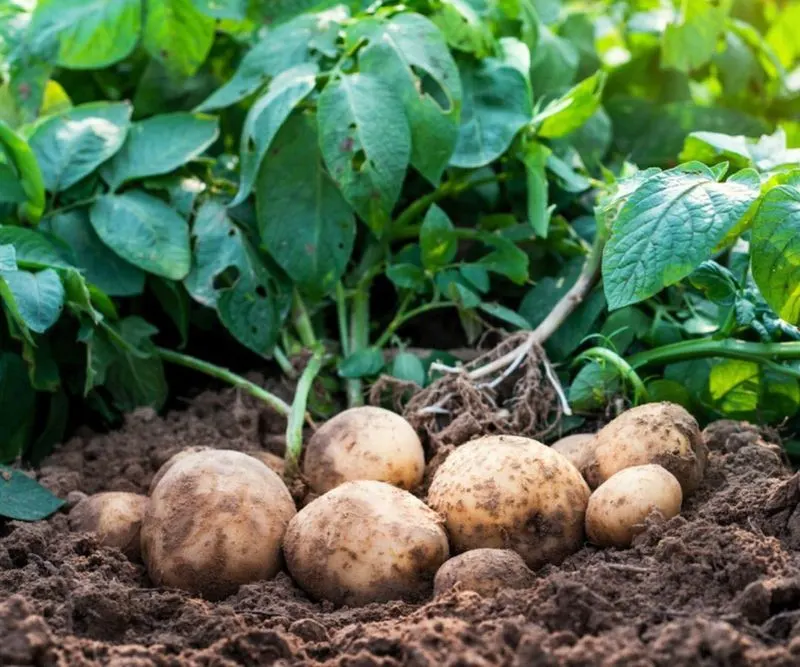
Potatoes with eyes can be planted to grow more spuds. Cut the potato into sections, each containing at least one eye, and plant them in soil. Ensure the bucket has good drainage and place it in a sunny area. Water regularly and watch the green shoots emerge. This method not only profits from leftover potatoes but also yields a new crop. With patience and care, you’ll enjoy homegrown potatoes, perfect for roasting or mashing. It’s an engaging project that transforms kitchen waste into a hearty harvest, teaching patience and sustainability.
Leeks
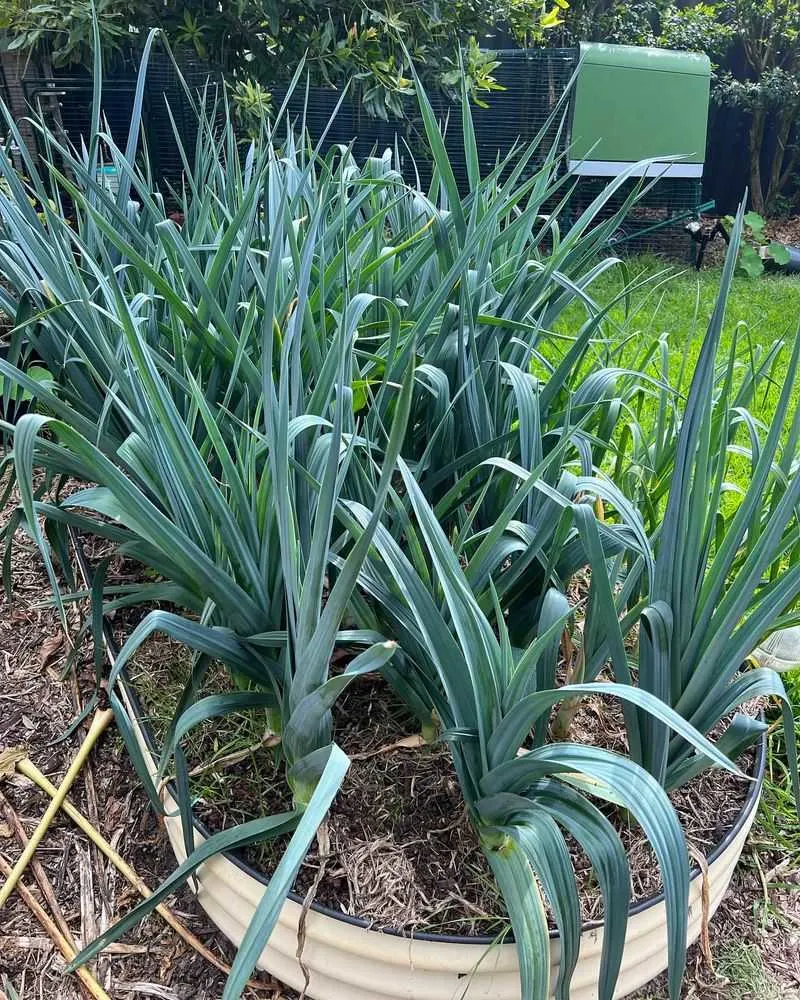
Regrowing leeks is simple with just the bottom inch of the root. Place the root in a jar of water, ensuring it’s partially submerged. Position the jar in a sunny location. Within days, new shoots will begin to grow. This process is similar to green onions, providing continuous leek supply with minimal effort. Change the water regularly to keep it fresh. The new growth can be used in soups and stews, enhancing flavors with its mild, onion-like taste. Utilize kitchen remnants to create a sustainable and cost-effective garden.
Sweet Potatoes
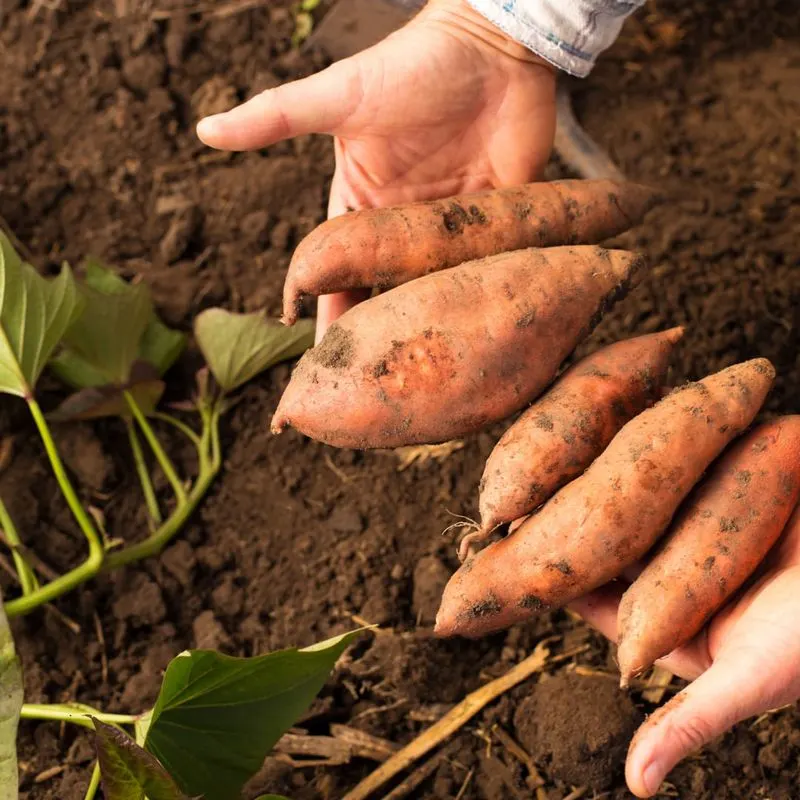
Sweet potatoes can be regrown by placing half in water until roots and shoots form. Position the sweet potato in a sunny spot and change the water frequently. Once the sprouts reach a suitable length, they can be planted in soil. This not only creates new sweet potatoes but also lovely vines. It’s a rewarding endeavor, turning scraps into a bountiful harvest. Sweet potatoes are versatile in the kitchen, offering both health benefits and flavor. This method is a beautiful way to witness the growth cycle and enjoy fresh produce at home.
Ginger
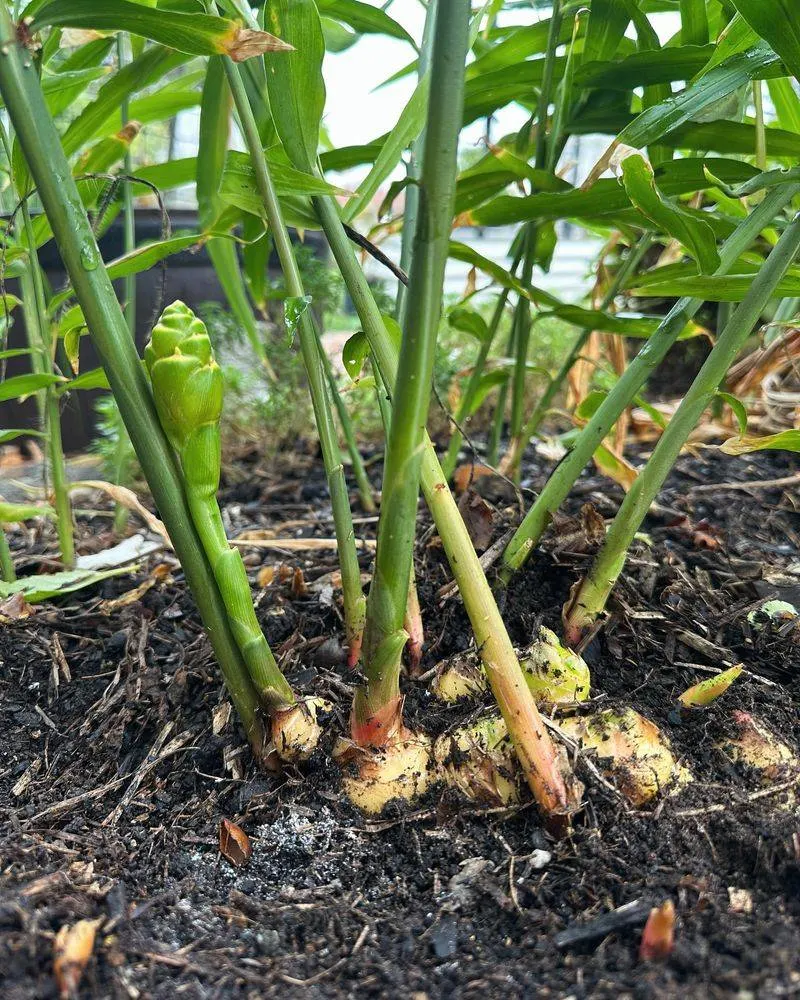
Ginger is easy to grow from a piece of root with an eye bud. Plant the ginger in soil with the bud facing up, and place the pot in indirect sunlight. Water it lightly and wait for green shoots to appear. Fresh ginger adds a spicy kick to dishes and drinks. Growing it at home ensures a constant supply with minimal effort. This method is perfect for using leftover ginger, reducing waste while providing aromatic and flavorful roots. Enjoy the convenience of having fresh ginger on hand whenever needed.
Peppers
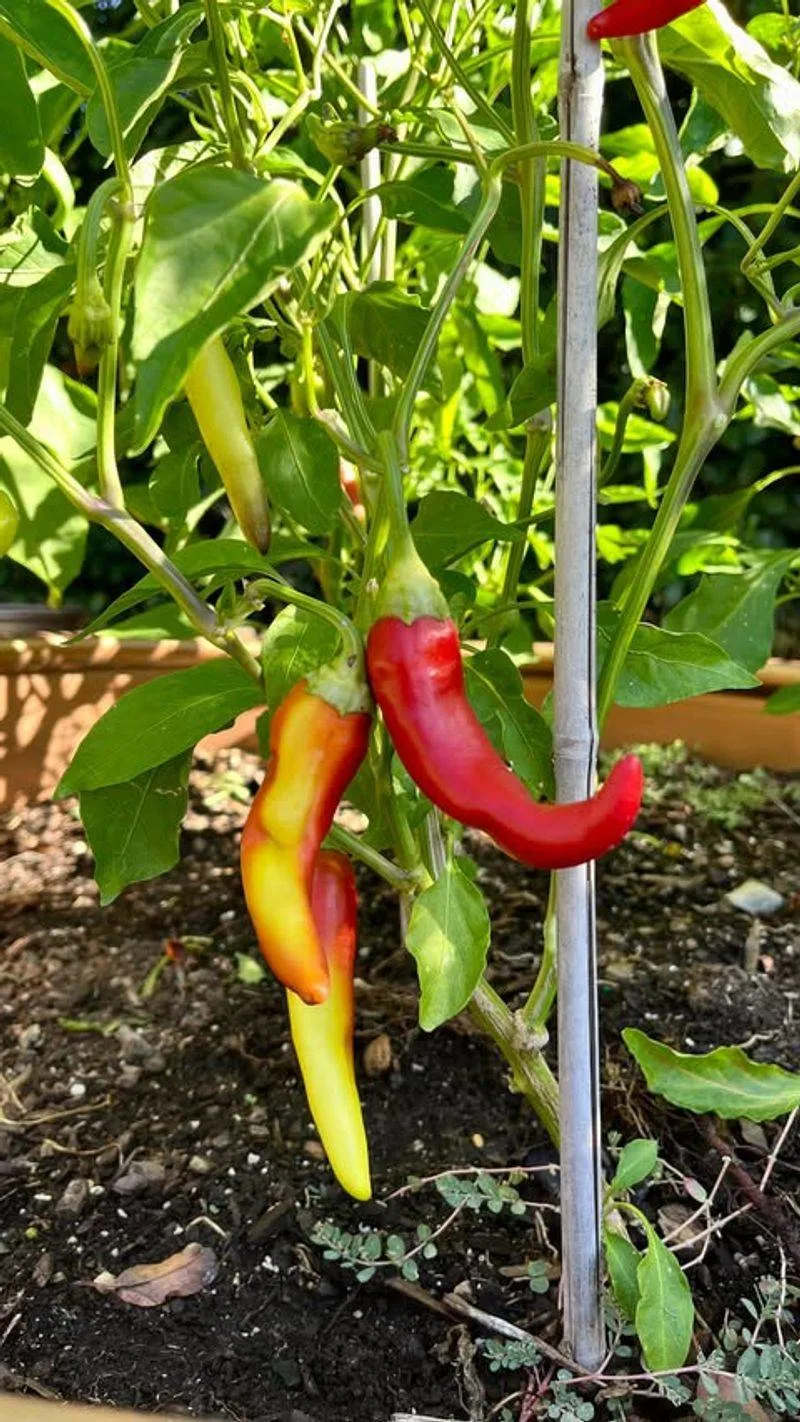
Start new pepper plants from seeds found inside the fruit. Dry the seeds and plant them in a pot with well-draining soil. Place the pot in a sunny spot and water regularly. As the plants grow, they’ll produce vibrant peppers, perfect for adding spice to your meals. This project is not only practical but also teaches patience and gardening skills. Turning kitchen scraps into thriving plants is both satisfying and sustainable. Explore various pepper varieties, from mild to hot, and enjoy fresh peppers at home.
Cilantro
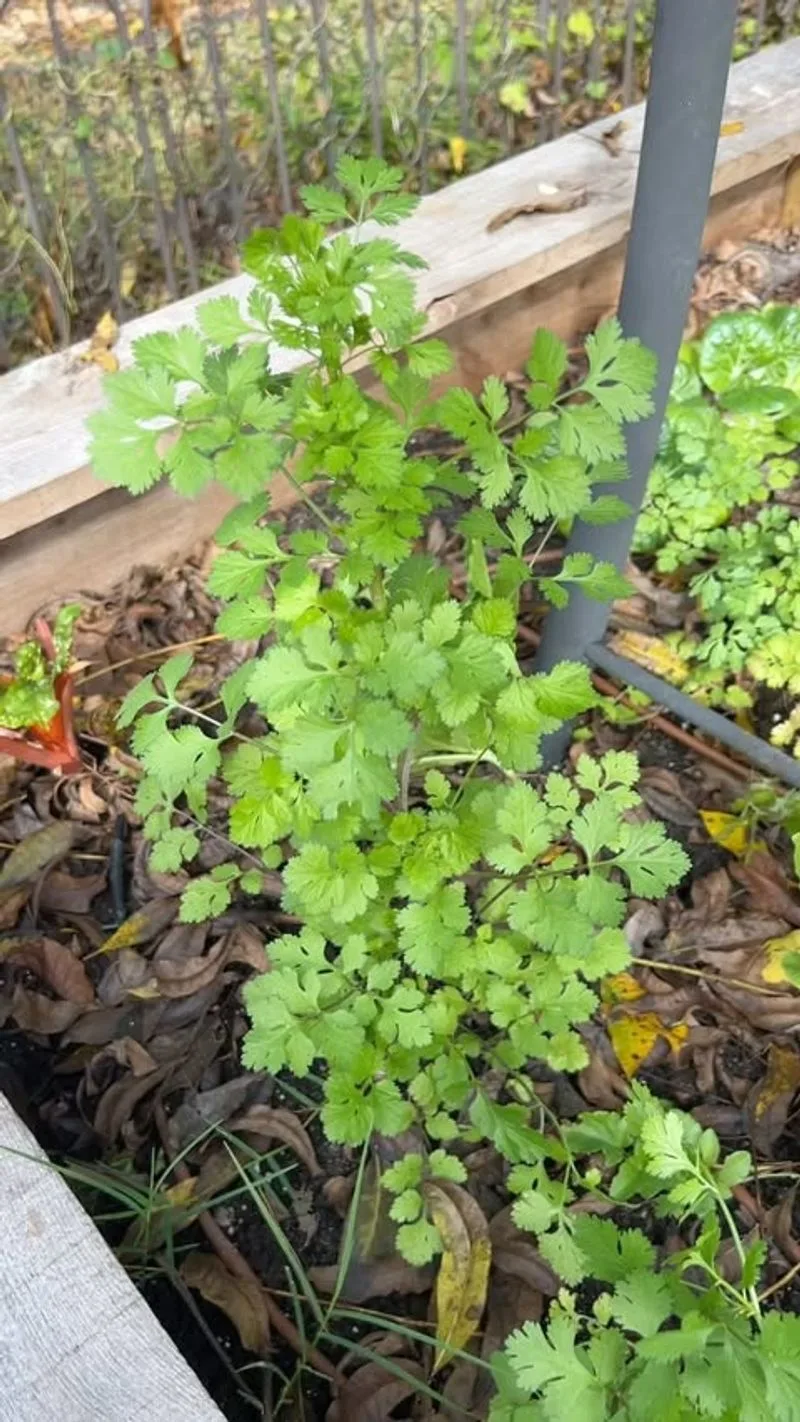
Cilantro can regenerate from cuttings by placing stems in water. Choose fresh stems and submerge them halfway in a glass. Place the glass in a sunny spot to encourage root growth. Once roots develop, transplant them into soil. This process provides a steady supply of cilantro, essential for many cuisines. It’s a straightforward way to extend the life of your herbs and reduce waste. Fresh cilantro adds a burst of flavor, perfect for garnishing dishes or making homemade salsa. Enjoy the satisfaction of growing herbs from leftovers.

